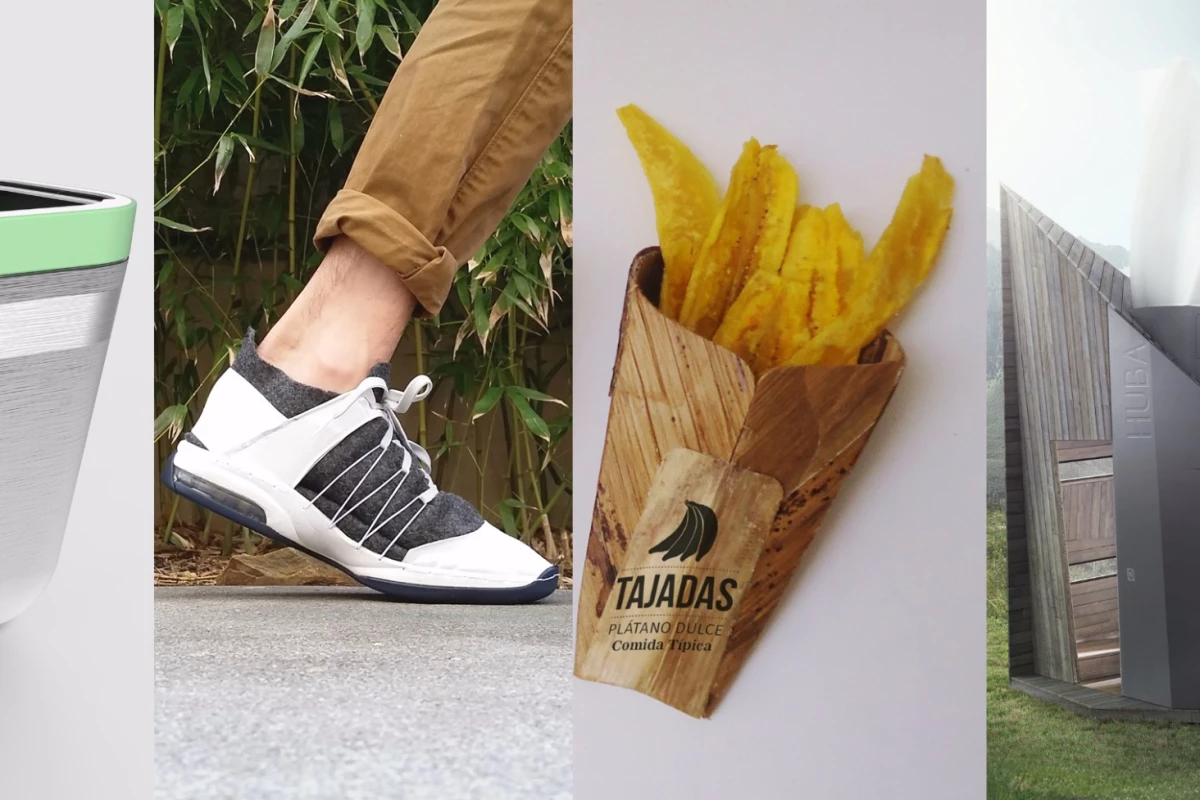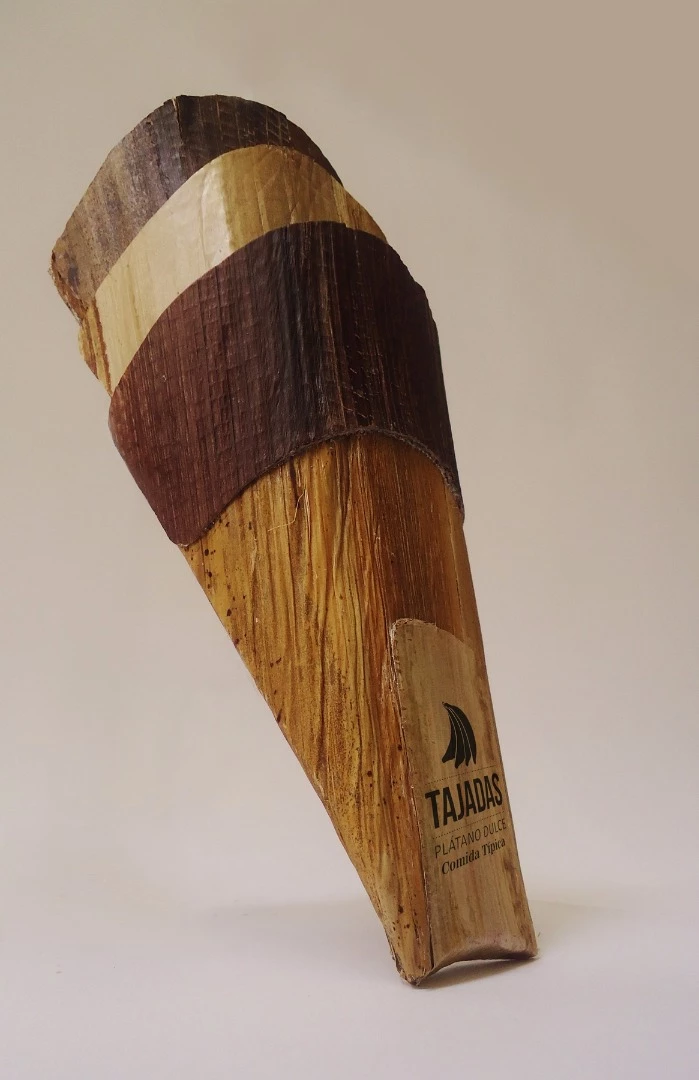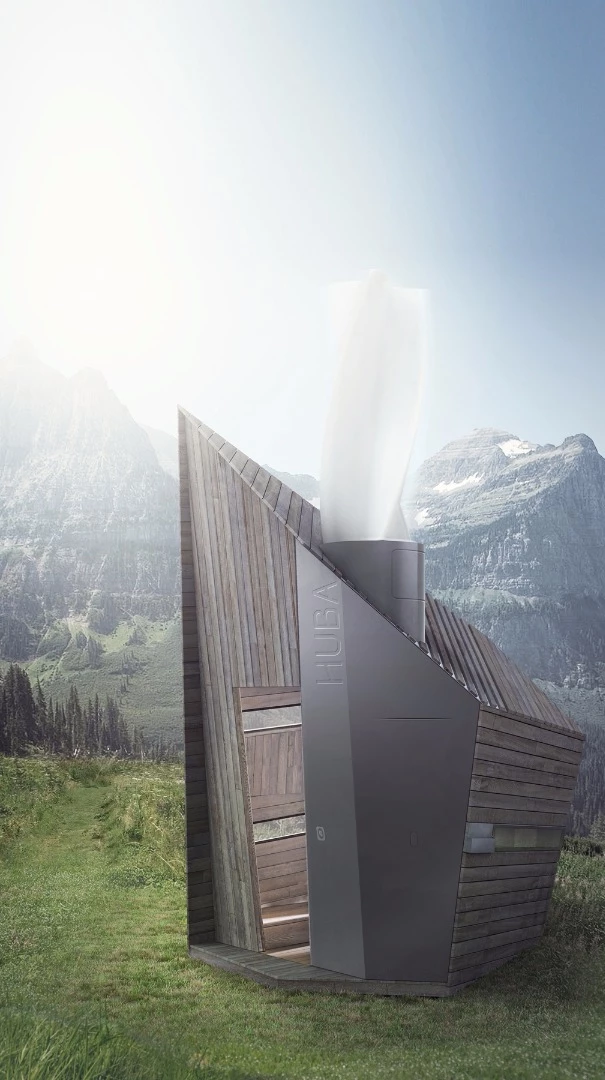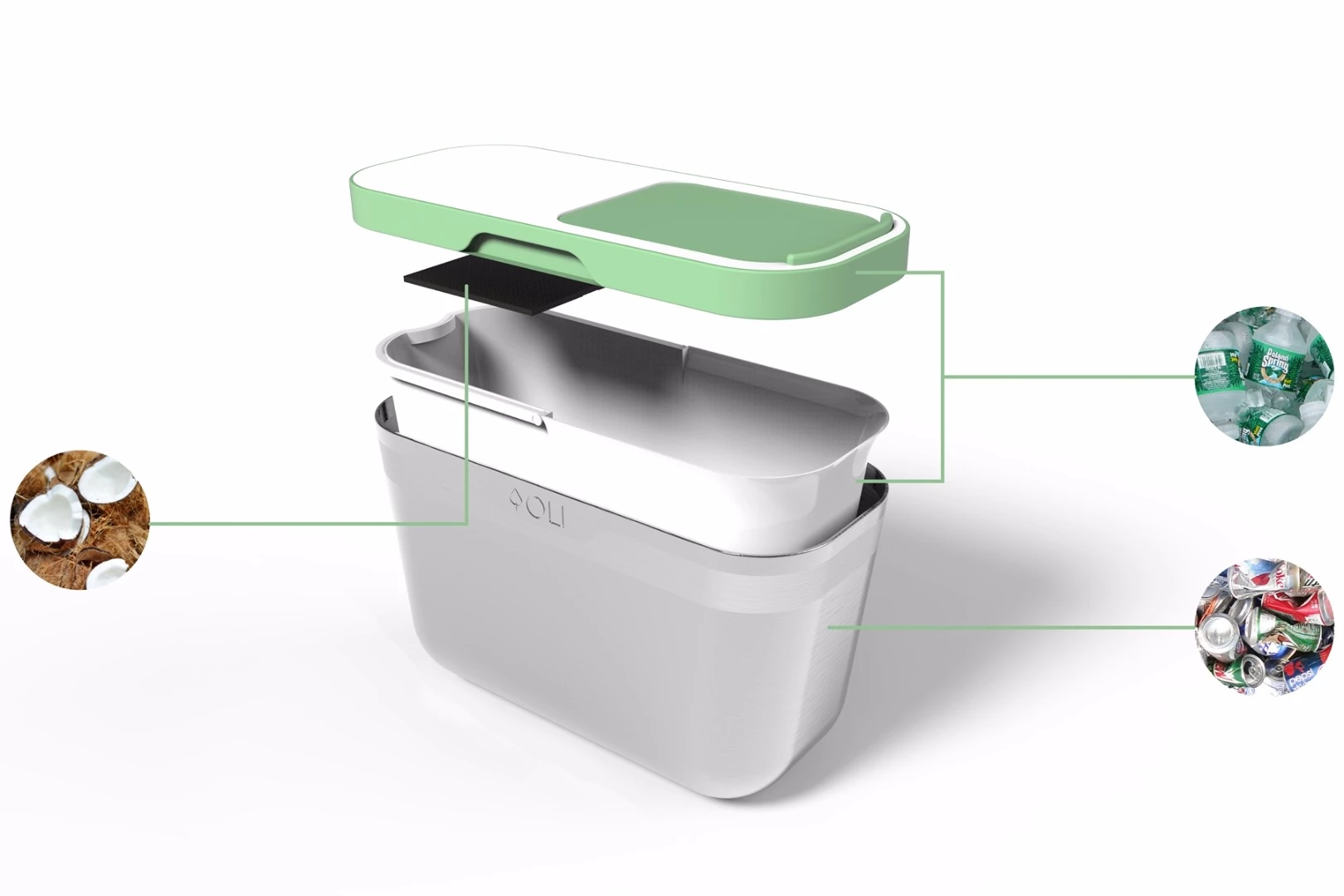In it's simplest form, cradle-to-cradle design sees products created with the recognition that, at the end of their life, they can be disassembled and their constituent parts reused to create other products. The non-profit Cradle to Cradle Products Institute has recognized six such products for its third Design Challenge.
The cradle-to-cradle philosophy was first formalized by William McDonough and Dr. Michael Braungart, who created a proprietary framework by which products could be assessed and recognized. The system was subsequently opened up for public use in 2010, with the non-profit Cradle to Cradle Products Institute educating organizations about the cradle-to-cradle approach and administering the standard.
We covered McDonough demonstrating the application of his own standard at the beginning of the year, with the construction of the ICEhouse (or "Innovation for the Circular Economy house") as part of the World Economic Forum in Davos, Switzerland. Elsewhere, we've seen Cradle to Cradle certified products in the form of PUMA footwear and used in the designs for the Bjarke Ingels Group's Via 57 West.
The Cradle to Cradle Product Design Challenge from the Institute, in partnership with Autodesk and the Alcoa Foundation, is aimed at encouraging designers and students to create products in a sustainable manner.
"We launched the Cradle to Cradle Product Design Challenge to help the global design community approach the issue of limited global resources as an opportunity for product innovation," says president of the Cradle to Cradle Products Institute Lewis Perkins. "Designers have a pivotal role to play in driving long-term solutions that circumvent the concept of waste in favor of materials that can remain in a perpetual cycle of use and reuse."
Running for six contests between 2015 and 2017, this most recent episode of the Design Challenge was the third and received 79 entries from 138 design professionals and students in 19 countries. Entries are said to have spanned sectors including the built environment, packaging, retail furniture and consumer goods, with winners selected by a judging panel of designers, sustainability professionals and industry leaders.
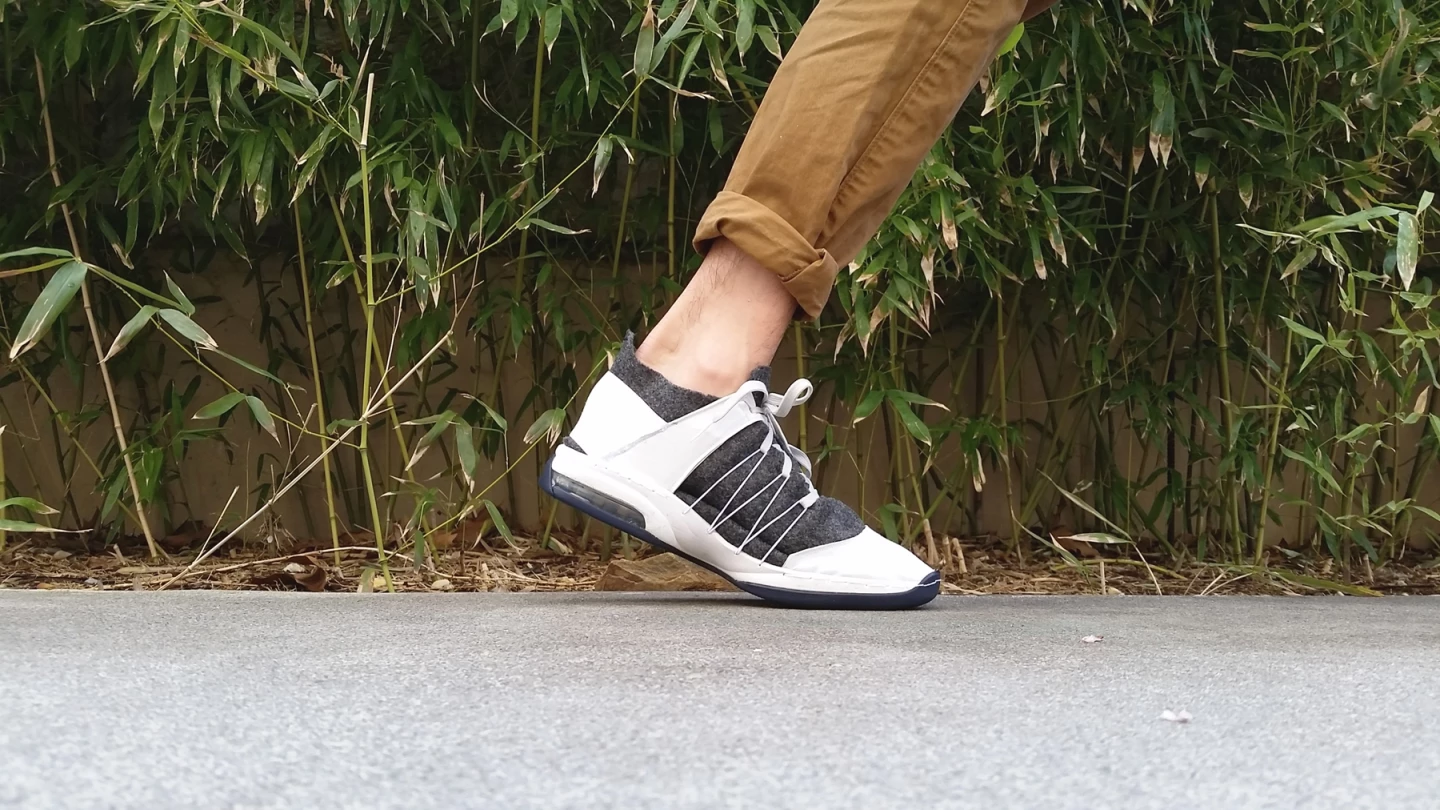
The winner of the Best Student Project category was the MODS modular shoe, created by Virginia Tech's Quang Pham. The shoes comprise five sections that can be customized and updated as they deteriorate. They are made using bamboo and wool textiles, as well as recycled PET fiber, and do not require the use of any glue.
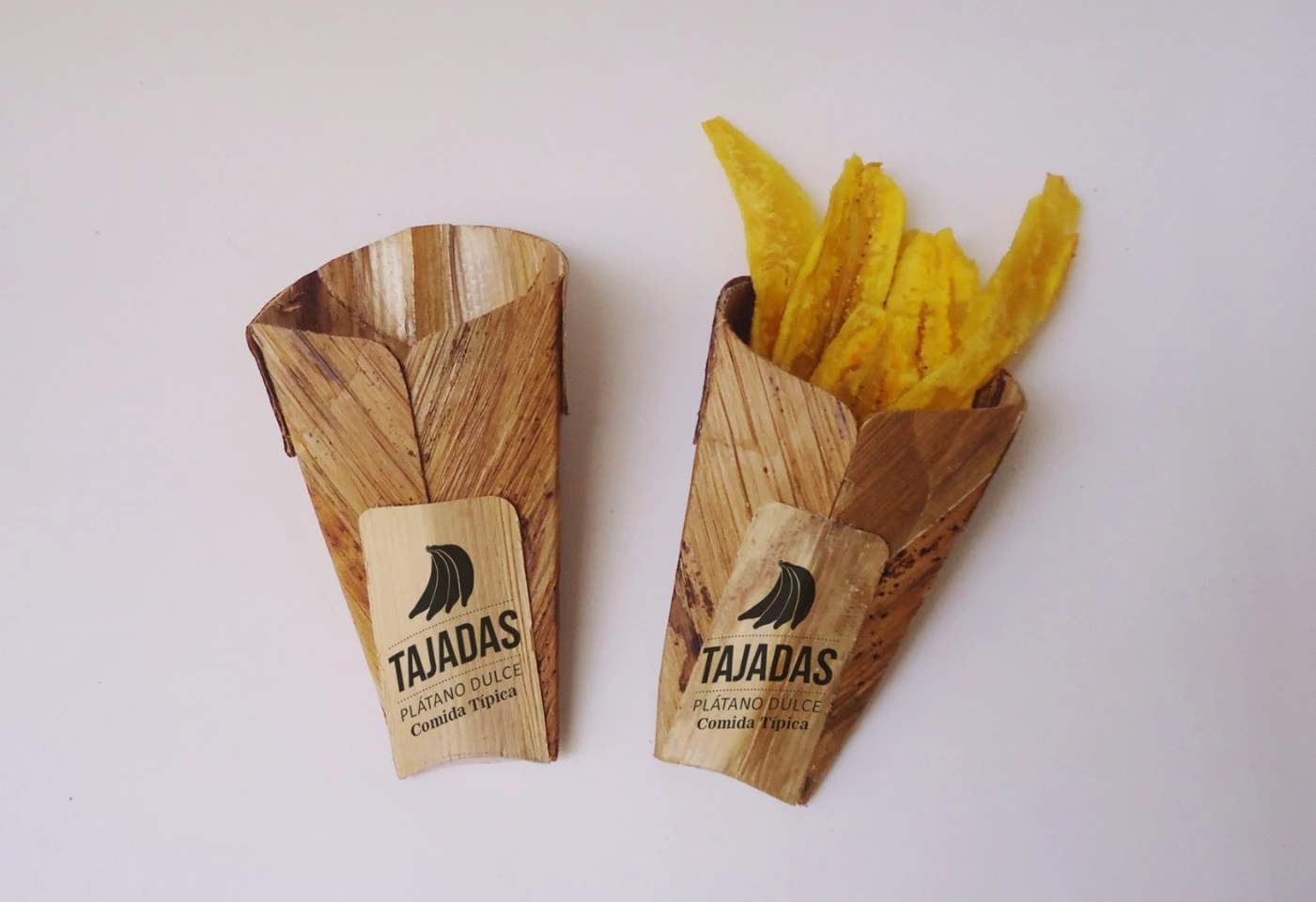
Colombian designers Brayan Stiven Pabón Gómez and Rafael Ricardo Moreno Boada won the Best Professional Project category with their Banana Stem Fiber Packaging. As you've probably guessed, the packaging makes use of banana stem fiber, which is typically viewed as waste material by farmers, and is aimed creating an additional means of income for banana farmers, as well as being a sustainable alternative to plastic and paper packaging.
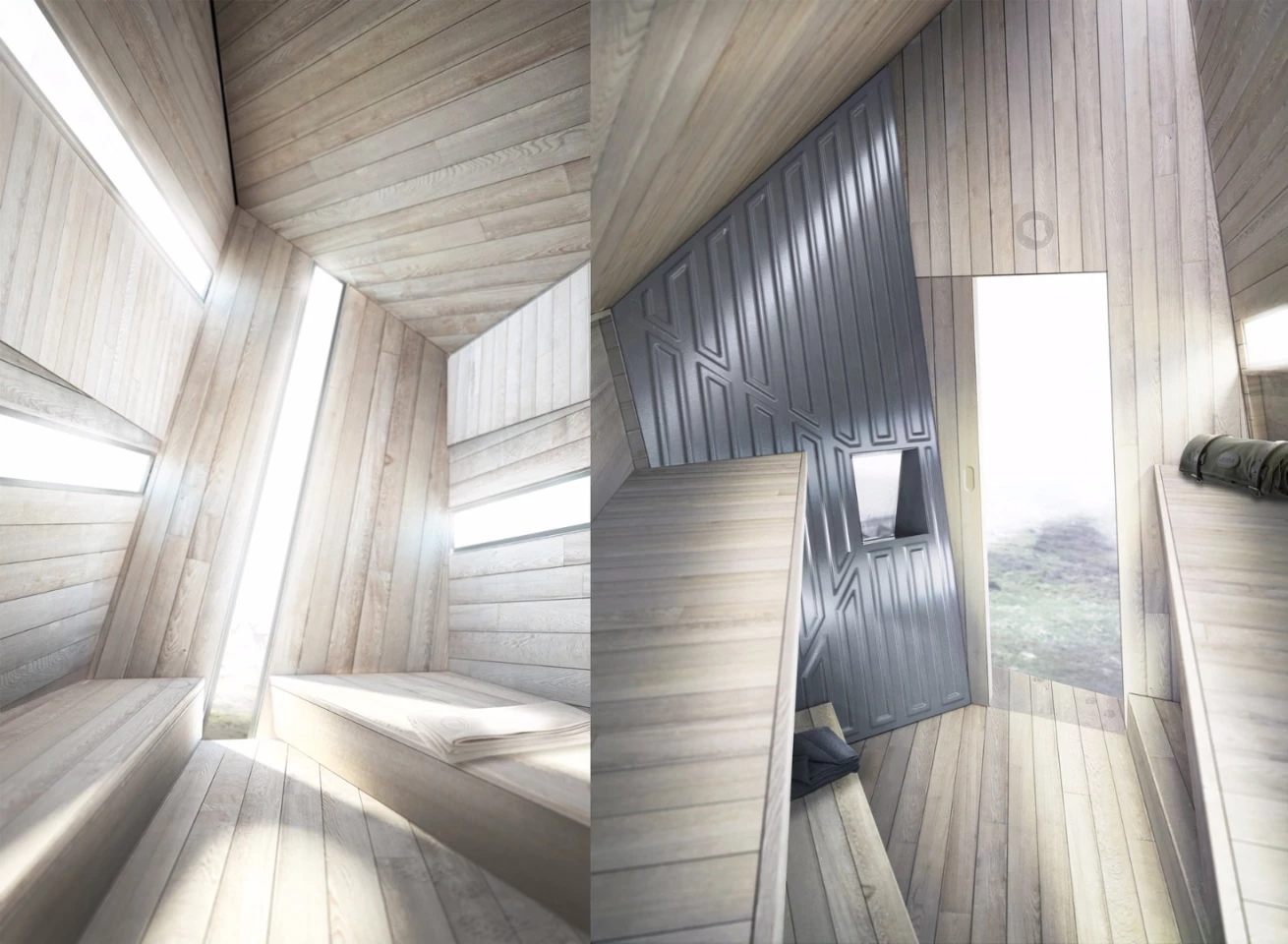
The Huba self-sufficient compact mountain shelter, designed by Malgorzata Blachnicka and Michal Holcer, won the Best Use of Aluminum category. It was chosen for its good design, functional use of sustainable materials and its potential use in other housing contexts (such as disaster recovery).
The shelter has a wind turbine, which juices up a battery that's used to power the shelter's heating, lighting and water pump. Rainwater is also collected by specially arranged roof tiles and filtered to be safe for drinking.

The final category was awarded to the product that made the Best Use of Autodesk Fusion 360, a 3D CAD, CAM, and CAE platform. This went to the OLI food waste composting container, which was designed by Claire Davis, another student from Virginia Tech.
Each of the winners was awarded a prize of US$2,000, with the winner of the Best Use of Autodesk Fusion 360 category also awarded a full pass to Autodesk University 2016 and a $1,000 travel stipend.
The fourth Challenge will open for entries in September.
